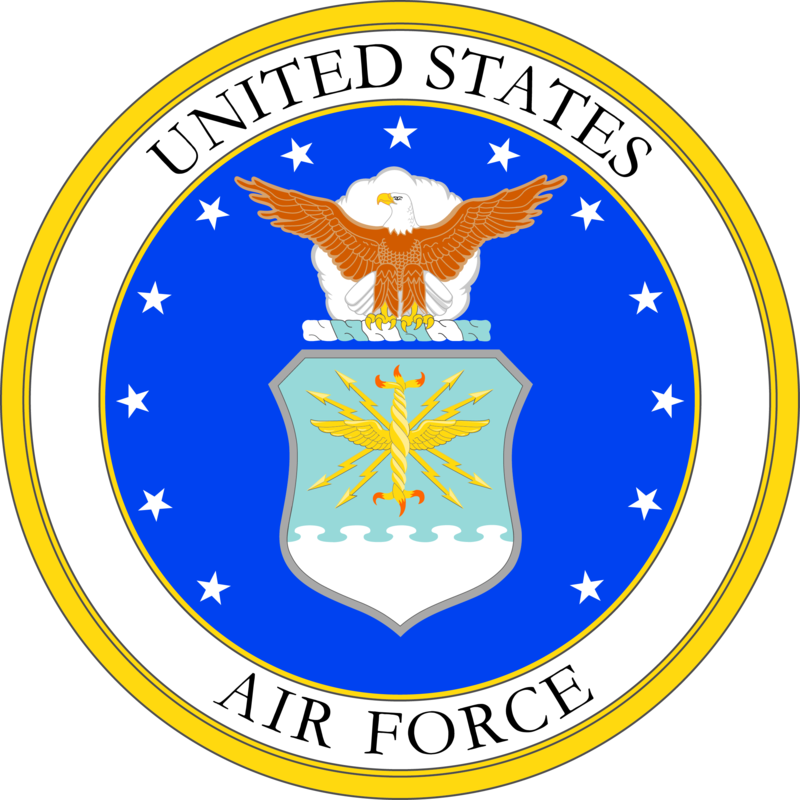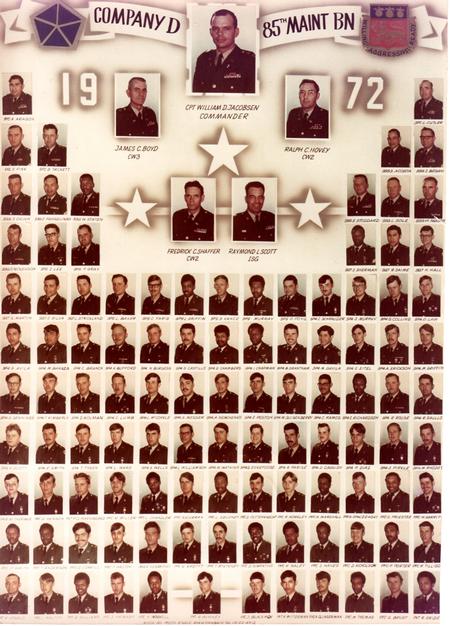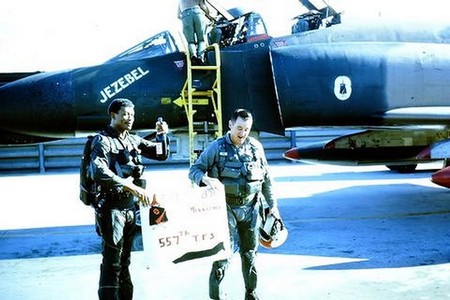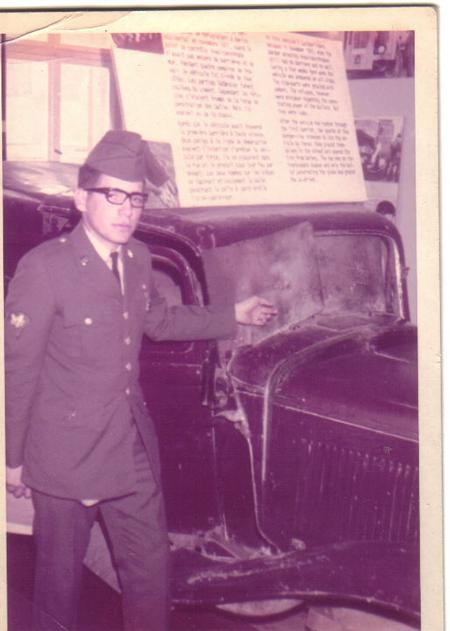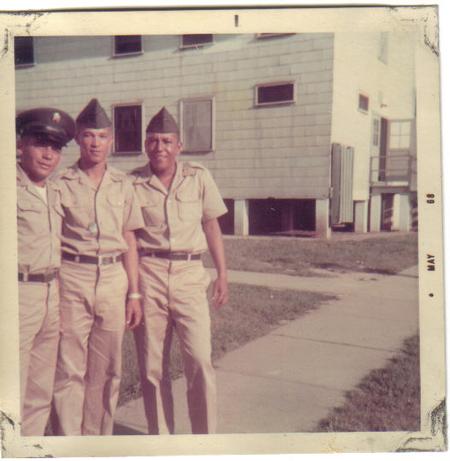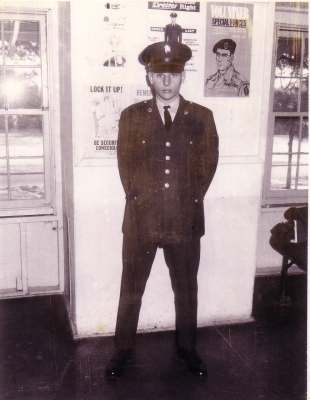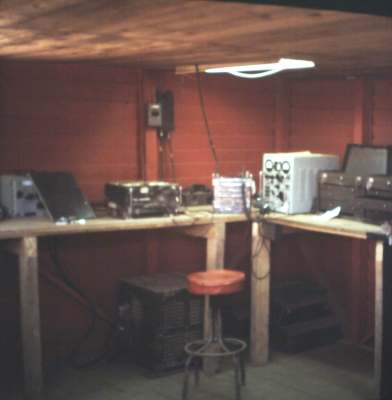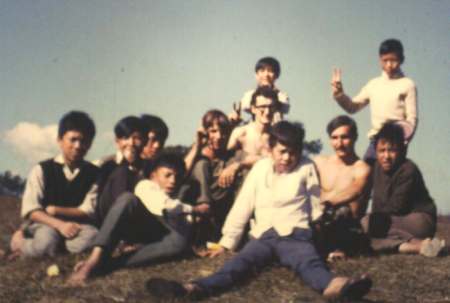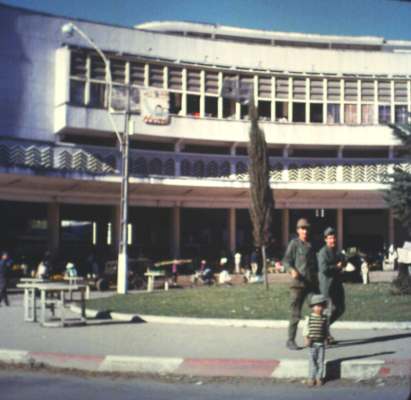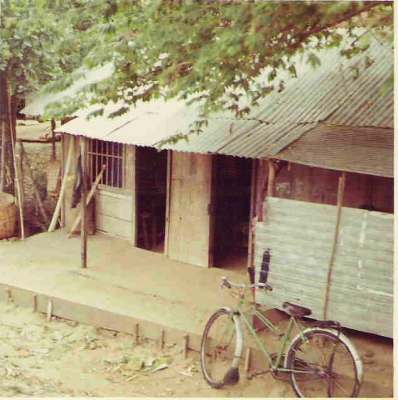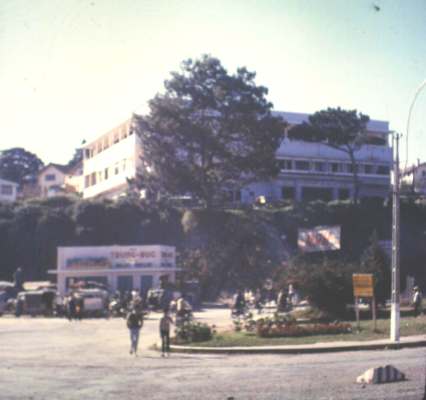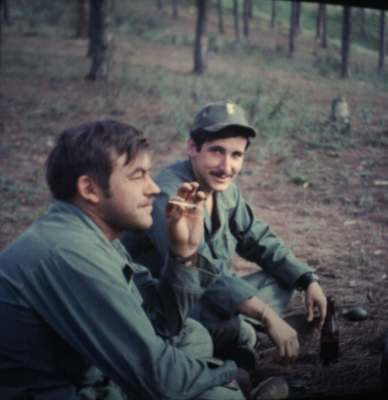ABOUT 557th FTS
- Origins in World War II: The 557th Flying Training Squadron traces its lineage back to the 557th Bombardment Squadron, established in December 1942 and activated in January 1943 as part of the U.S. Army Air Forces during World War II.
- Combat Missions in Europe: During World War II, the 557th flew B-26 Marauder bombers and participated in critical missions across the European Theater, including attacks on enemy airfields, bridges, and railroads.
- D-Day Operations: The squadron played a key role on D-Day (June 6, 1944), bombing coastal defenses and supporting the Normandy landings, earning a Distinguished Unit Citation for its valor.
- Multiple Redesignations: The unit has undergone several redesignations, including the 557th Bombardment Squadron, 557th Tactical Fighter Squadron, and finally the 557th Flying Training Squadron, reflecting its changing missions over decades.
- Cold War Era: Reactivated during the Cold War, the 557th flew fighter aircraft such as the F-100 Super Sabre and F-4 Phantom II, participating in tactical operations and training missions.
- Transition to Training: In 1974, the squadron was redesignated as a flying training squadron, tasked with training new pilots, marking its shift from combat operations to education and training.
- Modern Training Role: Today, the 557th FTS is part of the 12th Flying Training Wing at the United States Air Force Academy, focusing on providing advanced flight and airmanship training to cadets and officers.
- Aircraft Flown: The squadron has operated a variety of aircraft over its history, including the B-26 Marauder, F-100 Super Sabre, F-4 Phantom II, and currently the T-6 Texan II and sailplanes for glider training.
- Distinguished Alumni: Many former members and graduates of the 557th FTS have gone on to prominent careers in the Air Force, including command positions and notable combat achievements.
- Heritage and Honors: The 557th FTS proudly preserves its World War II heritage, displaying unit citations, campaign streamers, and maintaining traditions that connect today’s training mission with its combat legacy.

